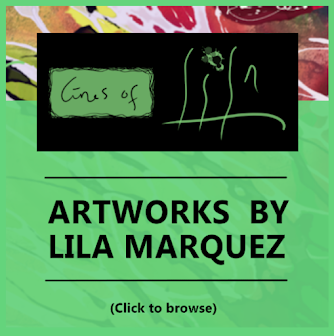A Caricature of Sorrow
November 06, 2020
I started out doing caricature for an events management company a few years ago. It was a fun way of "reading" people with the tip of my pencil. In fact, I penned down on a local newspaper an artist's impressions of the people I've met, from a scarred POW to an exploited construction worker. But unless a subject was a huge bucket of laughs from the get-go, drawing smiles from troubled faces was quite a tough nut to crack.
A TEDx Talks on the psychology of caricature presented by caricature artist, Paul Moyse, offered some perspectives on how the art form steps into the mind of its subject of reference and views it through a satirical lens. It may seem like deliberately going down the rabbit hole but it's exactly one of the characteristics one would be able to tell it apart from a portrait. Studies have been around claiming how art can benefit people with depression, anxiety, and even chronic illnesses, and with a blend of comical elements, its healing hands can touch many.
 |
| Sample artworks in my article about a caricaturist's impressions of people. "Faces of Kuwait," Armineonila M./Lila Marquez, Kuwait Times (Friday Times), 2006. |
As the world holds on to dear life with Covid19 out and about, I see caricatures of troubled faces almost as soon as I step out of the door, hiding from an invisible enemy. This pandemic has sketched grief-stricken caricatures wallowing in their worries in their office desks, cash registers, restaurant kitchens, garbage trucks and factories that no amount of happy pill could erase. The faces are masked in a degree that they could form a collective of frowns. When we'd be able to see "laughing" faces again is perhaps for now as bleak as vantablack.
Feature images: Petra Fischer and Richard Reid | Pixabay




















0 comments